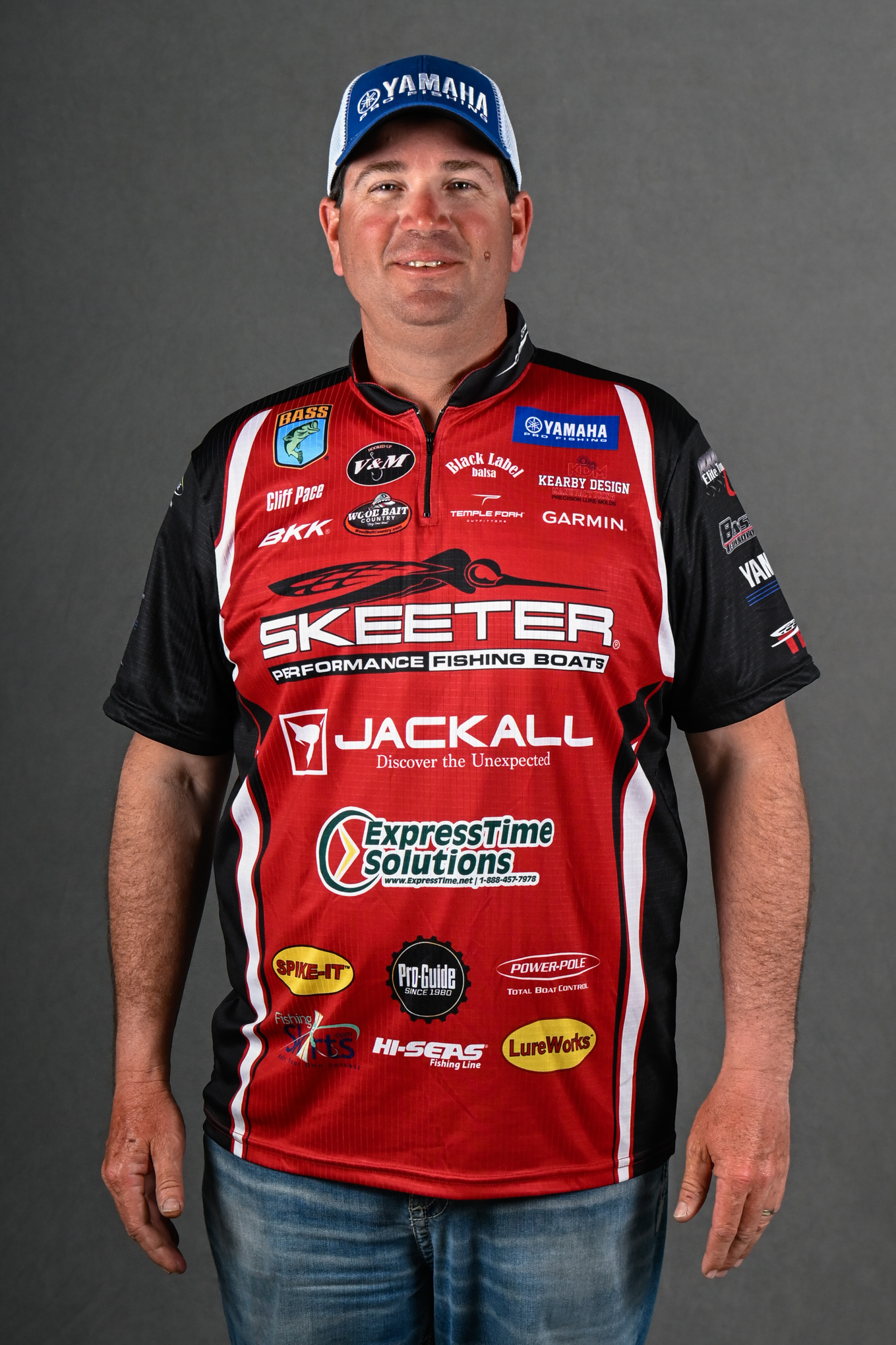They say change is the only constant, and that's definitely true in bass fishing. In fact, one of the keys to bass fishing success is to recognize change and adapt to it. The anglers who spot change the fastest and respond to it the best are the ones who catch the most fish and win the most tournaments.
The flip side of that same coin is that the anglers who "fish yesterday" often struggle because they're fishing where the bass were rather than where they are, or they're casting baits the bass were eating rather than what they want right now.
"Fishing yesterday" is especially bad in the spring and fall because water conditions are a lot more volatile then. There are more fronts coming through, and the fish are migrating more. In summer and winter, things are more stable. Areas and patterns that worked one day are more likely to work the next day or even a week later.
In fact, the changes that often disrupt summer and winter patterns are more likely to be caused by man-made factors than by the weather. Current from hydroelectric dams is a classic example, especially for summertime fishing. The current is fantastic, but whether or not you get it depends on the generation schedule at the dam, not Mother Nature.
This year's Elite tournament on Bull Shoals Lake presented a classic example of how changes in the bass' world happen quickly and the anglers who adapt the best and the fastest catch the most fish and win the most money.
A big cold front and thunderstorm came through Bull Shoals the night before the tournament was scheduled to start. When the first day of competition dawned, air and water temperatures had fallen dramatically and the wind was blowing hard. The baits, methods and most of the areas that produced fish in practice were dead by the time we launched.
The anglers who caught them on Day 1 made the right adjustments, but the changes didn't end there. On Day 2, the wind stopped blowing, and a lot of the guys who had them dialed in during the first round struggled in the second. Then, on Day 3, there were more changes and more critical adjustments to be made.
When it was over, Jason Christie had won by fishing a different bait each day. He cranked, Carolina rigged, flipped and, on the last day, he threw a big topwater bait to catch schoolers. It was a textbook example of adapting to the changes, staying with the fish and giving them what they wanted each day rather than what they wanted the day before.
So how do you recognize change and adapt to it?
That's an easier question to ask than to answer, but I'll give it a shot. You have to pay special attention to the fish you can see — either with your eyes or your sonar — and make educated guesses as to what they're doing and why they're doing it. That will tell you where to fish and what to use, or at least it gives you a starting point.
Fishing is science because it's a series of hypotheses (ideas about what they fish are doing, where they're feeding and what they're eating) followed by experiments (actually fishing) to determine which theory is correct. At the end of a tournament, you could argue that the best scientist won.
The only reason we wear tournament jerseys rather than lab coats is because they're more aerodynamic on the water.
Cliff's notes:
In the world of the bass, when something (like a successful pattern) disappears, something else will always take its place.





